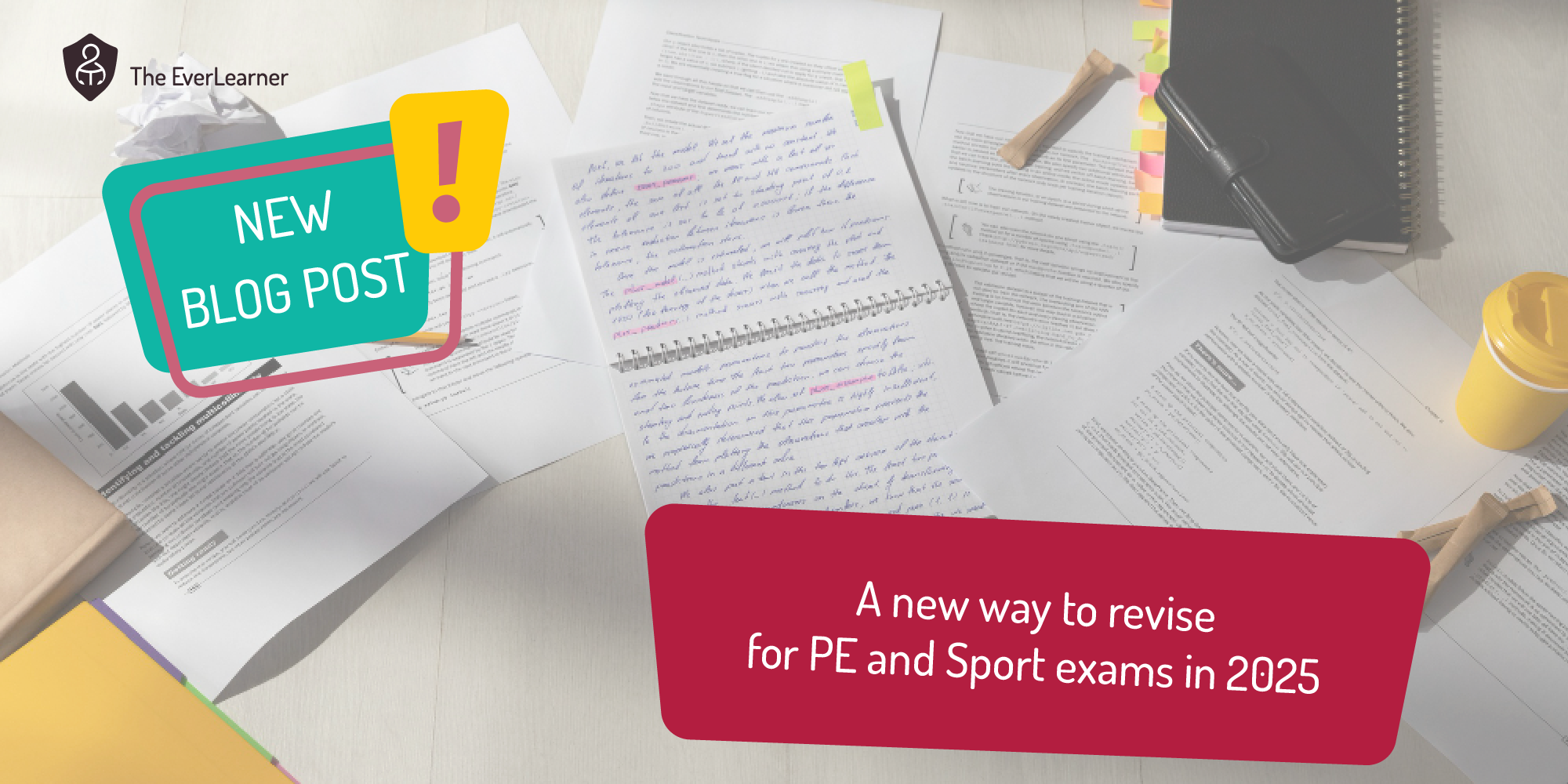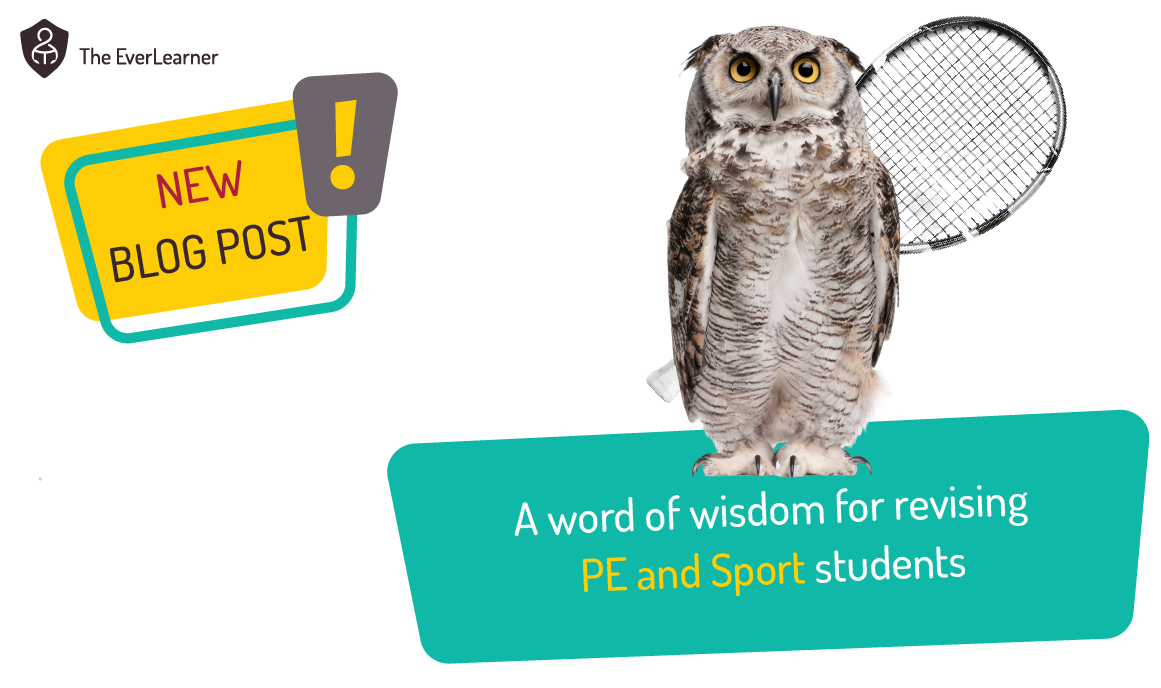Eight facts about the heart that PE and Sport teachers should know - For Valentine's Day!!
Happy Valentine’s Day! I’m writing this in early February to be released on February 12th and, to be honest, it probably isn’t Valentine’s Day for you when you actually read this post it but… Happy Valentine’s Day! To celebrate this marvellous day for rose growers, chocolatiers and card companies, I thought I would nab the opportunity to write about the heart a little bit. Almost all PE teachers teach about the heart whether in GCSE or A-Level and I hope these eight facts may come in useful at some point.

Eight heart facts:
- It’s more central than people think
- It’s relentless
- It’s maximal
- It’s uneven
- It’s reliant.
- It beats twice every time.
- It’s fed.
- It’s a heat conductor.
Heart fact 1: It’s more central than people think.
This fact is really useful when PE teachers teach the function of the skeleton and, specifically, the function of protection. We tend to think of the heart on the left side of the chest. This is true to a degree but I find that students and teachers are often surprised at how central the heart is. Take a look at this AI-generated image:

Firstly, AI (I use Gemini 1.5 currently) is amazing for some tasks! I was really pleased with this image. Secondly, notice how centrally the heart is located. It’s true that the centre of mass of the heart is slightly to the left of the chest but the heart sits behind the sternum.
So, let’s think about the function of protection in relation to the skeleton. What if we were asked this question:
Explain how the two different functions of the skeleton contribute to the performance of rugby. (2)
Now let’s imagine that a student wanted to write about the function of protection and wanted to use the example of the sternum and the heart using the E-I-O model for making examples. They might write something like:
The sternum protects the heart during a maul and prevents bruising to the heart which would have caused the player to have to be subbed off.
So, our knowledge of the central position of the heart can be linked to the sternum and we can use the E-I-O model to fully explore the idea.
Heart fact 2: It’s relentless
One of my absolute favourite facts about the human heart is that it first beats at about three weeks after conception, a period of time when the embryo is about 1.5mm in length, and continues to beat maximally (fact 3!) until we expire on our final day of living. Wow! Now, you might be wondering why this is relevant to PE students. Combined with fact 3, this tells us so much about the heart. It is a relentless pump, applying force to the blood (and the vessels) to propel it and its nutrients to every cell of the body.When we talk about resting cardiac values, for example, we really should pause to consider this. You will know that the average resting heart rate is between 60 and 80bpm and that the average resting stroke volume is in the region of 70ml, meaning that the average resting cardiac output is in the region of 5l/min and that these values can be loosely represented in an equation triangle:

But when we pause to consider that this (until death) never-ending cycle continues EVERY minute of EVERY hour of EVERY day AND provides the EXACT level of force to mobilise the EXACT required nutrients to EVERY cell, this becomes an awe-inspiring concept. It becomes even more bonkers when you consider that every time we exercise, the body has a series of negative feedback loops which can cause these values to increase.

And that, more, as exercise reaches maximal levels, the heart is instructed to go to maximal:

Heart fact 3: It’s maximal.
This is where my excitement about the heart really starts to kick in:
The heart beats maximally every single contraction.
I wonder how many readers are thinking back to fact 3 and pondering, “Well, how come stroke volume goes up during exercise, then?” or “How come the heart can pump out (stroke volume) more or less depending on conditions?”
These are excellent questions and they help us get to the core (pardon the terrible joke) intuition of the heart.
The heart operates under the all-or-none law. This means that it either contracts fully or not at all. It does this for every single beat. The reason why stroke volume can change is not to do with a decision for the heart to beat harder. No, the heart beats as hard as possible every time. What changes is the context.
Let’s think about rest: I’m sitting at my (messy) desk right now and I’m on my desktop. My heart is probably beating in the region of 70 times per minute and my stroke volume is probably in the region of 70ml. But each of those 70 contractions is maximal. My heart is expelling all the blood that it can. Starling’s law helps us here because it tells us that
stroke volume = venous return
Venous return is the amount of blood returning to the heart. Aha! So, the heart beats maximally every time but it is limited in the amount of blood it can expel by the amount of blood returning.
Now, let’s imagine I jog on the spot at my desk. All of a sudden, my body has motion, muscles are contracting, and my breathing depth may increase. Even my blood vessels will begin to pulse using the smooth muscle contained in the layers of the vessel to propel more blood back to the heart. So, my venous return goes up. Now we have a greater stroke volume because I have a greater venous return. Fantastic! So this explains why stroke volume goes up during exercise, right? Well, only partially. There are two other beneficial factors:
1. Because the heart receives more returning blood (greater venous return), the heart itself swells more and, once it contracts maximally, it contracts with greater force because additional elastic recoil is now involved since the heart has stretched a little to accept the greater volume of venous return.
2. Furthermore, because of this elastic recoil, a greater proportion of what enters the heart leaves the heart. We call this a reduced end-systolic volume (ESV). ESV is a bit like the residual volume of air in the lungs. It gets left over because the heart is not 100% efficient. Remembering that systole means contraction, when the heart recoils more because it has been stretched, it actually squeezes out the residue better, meaning that stroke volume increases that little bit more.
So, wow! The heart is maximal every time it contracts but, even in this situation, it still has ways of being more versatile and responsive. I love this about the heart!
Heart fact 4: It’s uneven.
Take a look at this cross-section of a heart.

Notice that the ventricular wall of the left side of the heart (right as you look at it) is thicker than the right. Why? Because the heart is uneven. In essence, the right (thinner) side of the heart needs to propel blood to the lungs, which are close by, but the left side needs to propel blood to our brain and our toes and fingers. Therefore, it needs to be more powerful.

The pulmonary loop is to the lungs. The heart sits in the same relative location as the lungs - they are neighbours. But the systemic circuit is everywhere else, including the most distal segments of the body. This is why the heart is uneven.
One point I do enjoy explaining to my students is that the human double-loop circulatory system is not the only way to do things in the animal world. In fact, with many mammals –animals that are not so distant, in relative terms, to us– it is common to have a single loop. Take mice or rats or other rodents: they only have a single-loop circulation. Blood is fired past the lungs and then around the rest of the body, before returning to the heart. Why is this? Well, your PE students have already learned about the concept of surface area to volume ratio in biology. In essence, this means that bigger organisms such as human beings compared to smaller organisms such as mice need more complex delivery and transport networks. Human beings are an example of this.
Heart fact 5: It’s reliant.
Like all of us on Valentine’s Day, the heart needs its dance partner(s). The heart is an organ but it does now work in isolation. For example, the heart and the lungs –separate organs– make up an organ system. Students learn this principle of organisation in their GCSE biology. Take a look at this drawing:

Notice how cells make up tissues and tissues form organs. You might link to stop here and think about the different tissues of the heart. How many can you name? I’m pretty sure you’ll tell me “muscle tissue” but what else is there? Well, there’s lining tissue, there’s connective tissue, there’s specific tissue that forms valves... Then there are other tissues that have specialised electrical conductivity, etc. The heart organ is made up of many different tissues but then this organ needs to work with the lungs, the blood vessels and so on to form an organ system. Help your students to understand this intuition and this reliance.
I could write extensively about reliance. There is the blood, the negative feedback loops, the vessels and so on but we’ll leave that for another day.
Heart fact 6: It beats twice every time.
We tend to talk about “a heartbeat” when, in reality, each heartbeat is two contractions. If we reflect on the flow of blood through the heart, it first arrives at the atria and then needs to be forced down into the ventricles before being forced out of the ventricles. This involves two contractile phases.
Contractile phases are called systole. Here’s the sequence:
Atrial systole
Followed by
Ventricular systole
But this is not the whole story. We also need to consider the relaxation phases of the heart. These are known as diastole. The atria and ventricles experience diastole independently. Therefore, a better description of the process would be something like:
Phase 1: Atrial systole and ventricular diastole
Phase 2: Atrial diastole commences
Phase 3: Ventricular systole commences and atrial diastole continues
Phase 4: Ventricular diastole
When we ponder the heart and its design/evolution/form, we need to remember that, for example, ventricular systole forces blood up and out of the top of the heart. By definition, atrial diastole needs to be occurring for the blood to pass by. Likewise, when the heart goes through atrial systole, the ventricles must be in diastole to receive that blood.
This is why the heart beats twice, every time, even though we consider it to be one heartbeat.
Heart fact 7: It’s fed.
It’s really important that students understand that the heart is doing work. It is a muscular pump and, therefore, needs to be supplied with nutrients. This is why the heart –and each individual cell of it– is supplied with enriched blood via the coronary arteries and arterioles.

You can see in this AI-generated image above that blood is propelled to other parts of the body but that blood vessels also feed the heart itself with nutrients such as oxygen, glucose and many other things.
Heart fact 8: It’s a heat conductor.
Because of this work that the heart is doing, we can also benefit from understanding that this work releases heat. Like any chemical reaction, the heart’s reactions have inefficiencies and these allow heat to be released and then conducted to other parts of the body. This is why our chest often feels warm compared to other, more distal parts of us. It is also why it’s so important to maintain the warm environment of the chest –our engine room– when we undertake activities in the cold such as mountain walking or equivalent.
The heart conducts heat and, whether you reflect on decades-old adverts for breakfast oats (only the oldies will get this one), we can consider our heart as having a kind of glow to it.
Conclusions and Valentine’s Day
So, there you have it, my friends. Eight facts about the heart that are good to know for our PE teaching. I have been pondering other types of posts on this topic. For example, comprehensively covering the best way to teach and cause learning of the cardiorespiratory system for AQA GCSE PE, say. I wonder whether colleagues would value this.
Have a lovely day.
James
%20Text%20(Violet).png)


